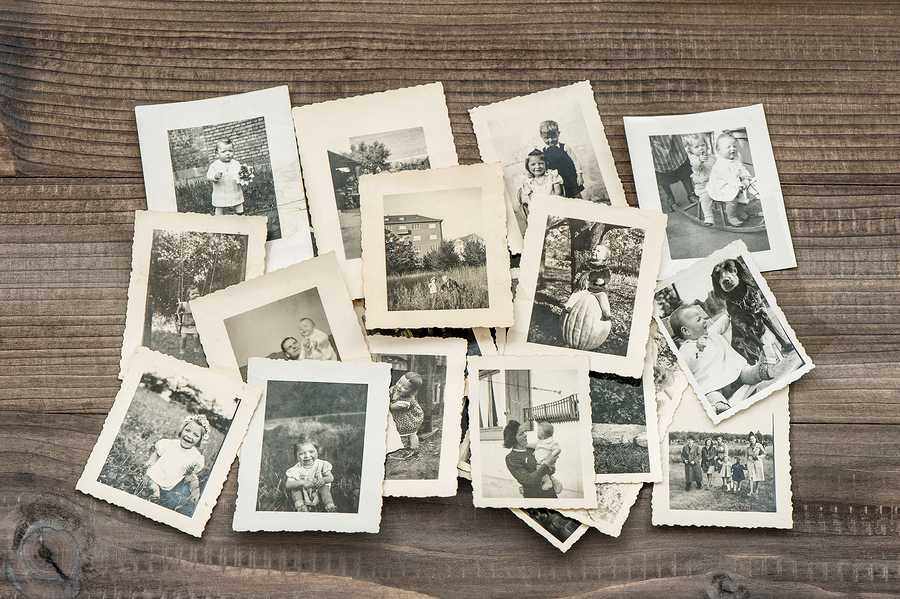Preserving old photos
Many of us have a box or album of old photographs somewhere around the home – photos from grandparents and great grandparents that have been saved and passed on through the family.
Taking the time to protect these precious photographs from wear and deterioration can help guard them for future generations.
Very old photographs are particularly prone to damage, and without realising, careless handling can damage photos even further.
Today we’re sharing a few helpful tips of what to do and what not to do to keep your oldest family photos safe and looking good for years to come.
Watch fingerprints – The oil and perspiration on our fingers can cause major damage to the emulsion of an old photograph. Handling photos with a pair of white archival gloves is the simplest way to protect photos if you need to sort through a box or album.
Avoid self-adhesive albums – The albums we choose to store our photographs in might actually be doing more harm than good. Self-adhesive albums and adhesive tapes, rubber bands, paper clips and backing boards can all cause real damage to photographs. You may even find over time it’s impossible to remove photos from a self-adhesive album without tearing.
Store in a cool, dry place – We’ve all heard this one before, and it’s especially true for photographs. High temperatures and moist air are ideal growing conditions for mould and mildew, which can break down the top layers of a photograph. Insects and rodents also find paper a potential food source, so store your albums somewhere safe, and avoid putting them in an attic or basement if possible.
Skip the ink – Labelling photographs is an obvious way to keep track of when the photos were taken and who appears in them, but ink – even on the back of the photo – can eventually become troublesome down the line. If you do need to write on a photo, use a pencil with a light hand instead.
Don’t clean – Water, solvent cleaners, erasers and tape will cause more harm than good, so resist the temptation to try and tidy up any damaged or dirty photographs, as you may end up degrading the picture further.
Choose folders or pockets – By keeping photos and negatives in a folder or pocket you can shield them from the damaging effects of dust and light. Look for chemically stable paper recommended specifically for photos – they won’t have and sulphur, acids or peroxides in them.
Keep albums intact – If you have old photos that have been lying in the same album for years, it’s best to leave them alone. You can protect the entire album by placing it inside a conservation board box instead.
Reduce light exposure – If you want to put your old photos on display, choose an area in the home that doesn’t receive direct sunlight. Sun can fade photos – particularly old, black and white photos – very quickly.
Make a digital copy – One of the simplest ways to protect and old photograph and still enjoy it is by making a digital copy. Carefully using a scanner to scan a copy into your computer means you can print a newer version to frame and use instead. There are dozens of services that will do this process for you if you need a hand, and many will even help restore an old, cracked or damaged photo through the wonders of photo editing once a copy of the photo has been scanned onto a computer.
How do you look after your old photos? Let us know in the comments below!
Rachel - Silversurfers Assistant Editor
Latest posts by Rachel - Silversurfers Assistant Editor (see all)
- Warming Soups - November 15, 2024
- What’s your favourite scary film? - October 26, 2024
- Easy Traybakes for National Baking Week - October 14, 2024
- Practical tips for living with arthritis - October 11, 2024
- 10th October is World Mental Health Awareness Day - October 8, 2024





















